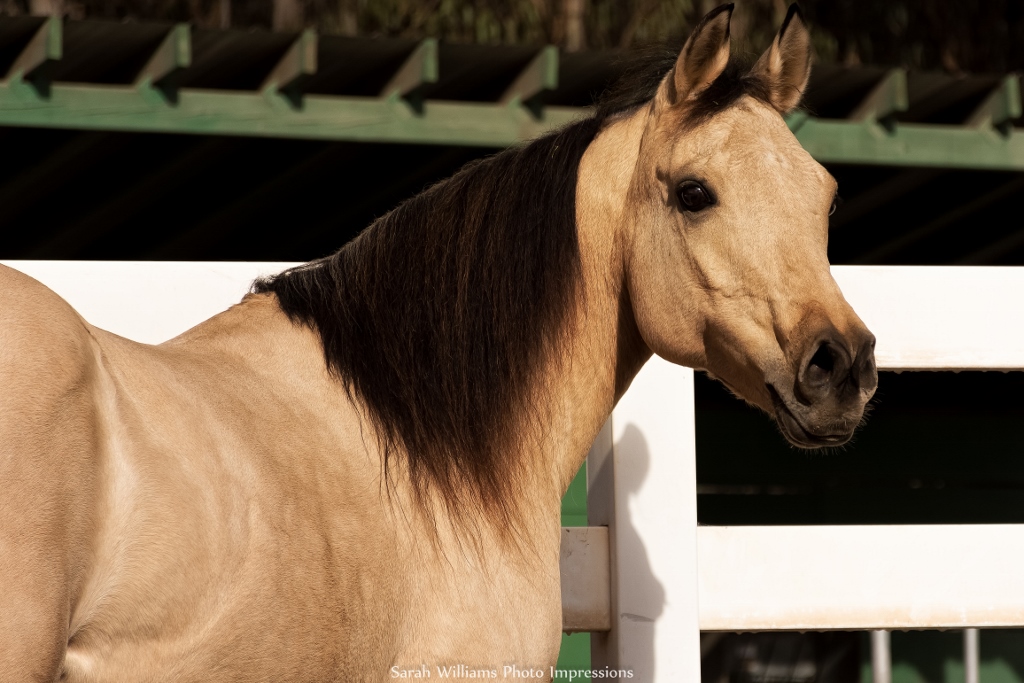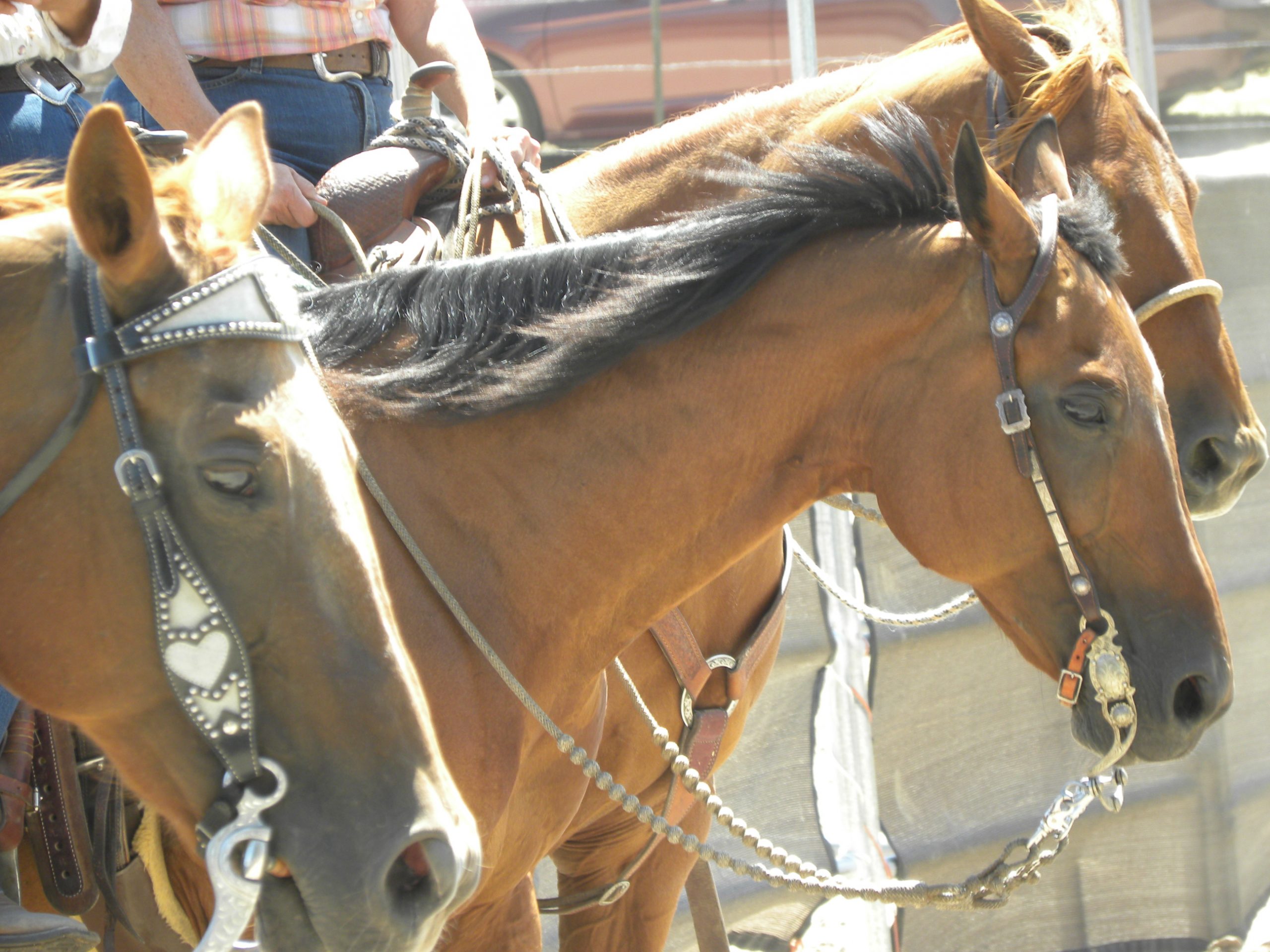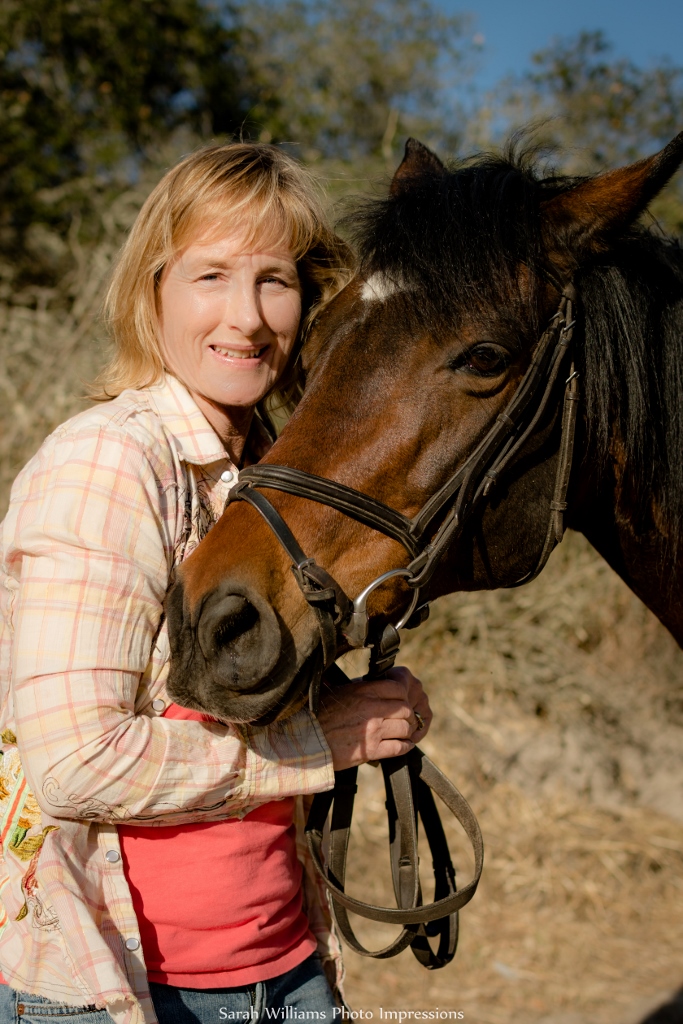I started showing on the Class A Arabian show circuit when I was just ten years old. Some friends of the family had Arabians, and I spent a summer there riding, and before I knew it, my parents had bought me my first show horse and I was fully invested. I started out showing Western Pleasure and Showmanship, but Stock Seat Equitation (now Reining Seat Equitation) and Horsemanship were my classes. My success was pretty surprising considering how new to the “world” I was; Winning just seemed to come naturally.
Moving on to a Full Fledged Reining Horse
At fourteen years old, it was time for me to move up to the 14 through 17 division of Stock Seat Equitation, which would take me from “simple patterns” to full reining patterns. This meant that I needed a full fledged reining horse to be competitive. My parents and grandparents got together and came up with the funds to purchase my first reining horse, WO Tesaro. I had never actually ridden a real reining horse, but how hard could it be, right? That’s what I thought at the time. It didn’t take long for me to become so frustrated with only muddling through the maneuvers that my dad went in search of a trainer who could set me straight.
Pulling into Gary VanHoosen’s ranch for the first time was a little intimidating. There were nothing but Quarter Horses and Morgans lined up at the tie rack, and as I pulled my little Arab mare out of the trailer, I got more than a few sideways looks. A tall, older fellow walked over and took a long look at my mare and then at me, and said “Okay, I’ll watch her ride, but I’m not promising anything”. About thirty minutes later I had been “accepted”, as it were, and my real “reining journey” had began.
Learning to ride a Reining Horse
Basically, everything that I thought I knew, I didn’t know. I didn’t know how to sit a slide or center a turn around, I was intimidated by the speed of the rundowns, and my mare had quickly gotten my number when it came to bad habits. I was pretty much a mess. The first time Gary asked me to run a full reining pattern for him, I was terrified, but I swallowed the nerves and did what I was asked. After my last stop, I knew it had been terrible.
You Forgot to Breathe
Gary rode his horse up next to me, sat there for a minute in silence, and then said something that I will never forget, “You forgot to breathe.”. Forgot to breathe? How was that possible, and even if it was possible, what difference would it have made? Gary had an old cowboy’s way of explaining things, telling me just enough so that I had to think on something myself and figure out why it was important. This little thing, I learned, was one of the most important things to tuck into my “reining tool kit”.
The most fundamental part of a good reining pattern (and any pattern, class, ride, etc.) is breathing. If you don’t breathe, you tense up, if you tense up, your horse tenses up, he rushes, he senses there is a problem and you both make mistakes. By breathing evenly and consistently, you are signaling to your horse that you are in control, comfortable and that you can both relax into your respective jobs.
In watching other riders, both young and old, in every class at any given horse show, I can immediately tell the ones who are “breathing”, as their horses are calmer and more collected, their body position is better, they are working with their horses instead of against them, and there is an unmistakable rhythm to the ride. Twenty some years in the industry, and I still make it a point to remind myself to breathe before going out into the show pen, because it is easy to let nerves take over when you’re under pressure. Even at home, if I’m having a problem, the first thing that I do is stop and take a deep breath; usually, the answer is hiding somewhere in the exhalation of air.




